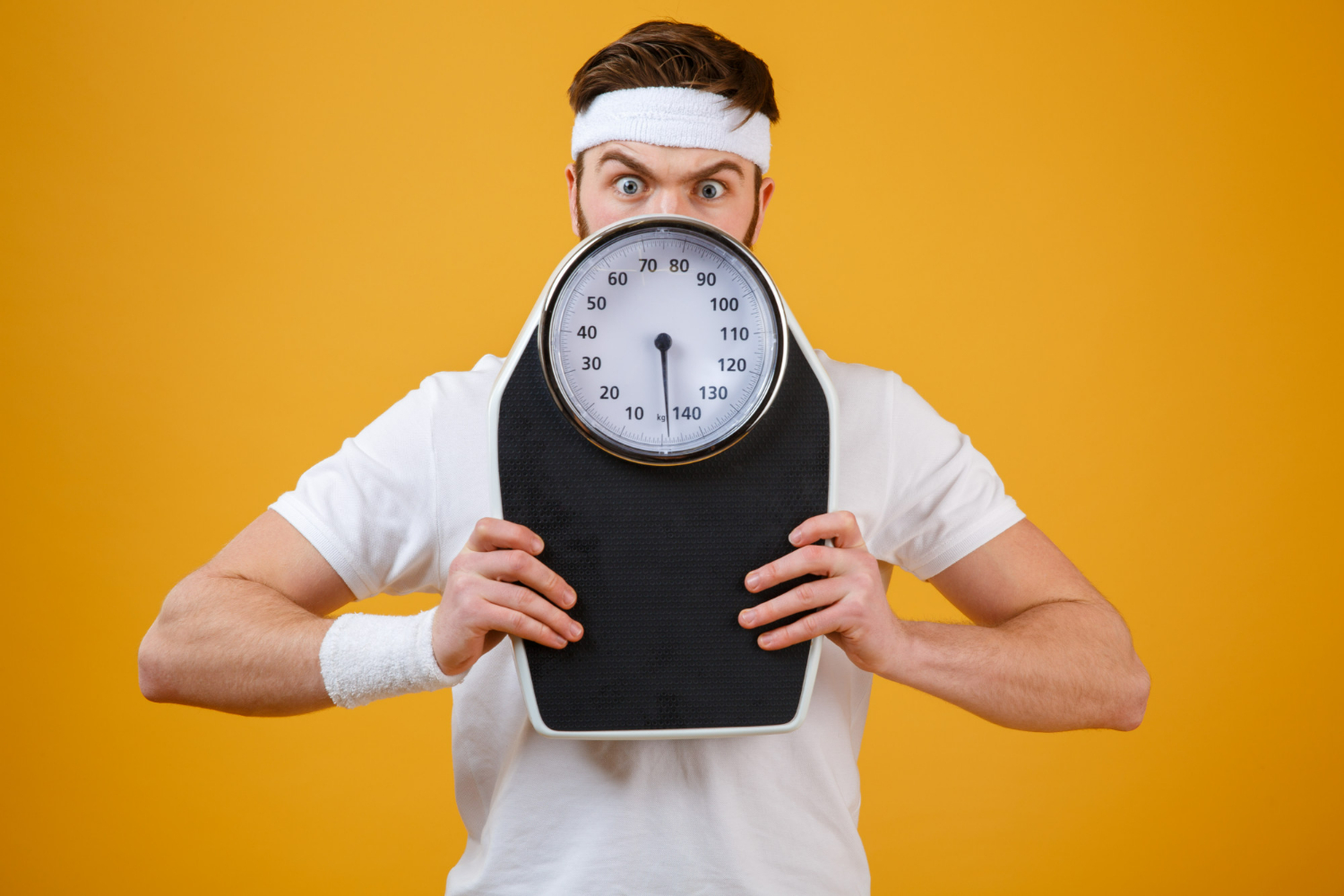Introduction
Embarking on a weight loss journey is akin to deciphering a complex code, and at the heart of this cipher lies the enigmatic Basal Metabolic Rate (BMR). In this article, we’ll explore the intricacies of BMR, unveiling its significance in mastering the art of weight loss.
Cracking the Cipher: Unveiling BMR’s Significance
Why is BMR more than just a set of initials? Understanding BMR is the key to unlocking effective weight loss strategies. It’s the cipher that, once deciphered, empowers individuals to navigate their metabolic pathways with precision.
BMR 101: Understanding the Basics
Before we dive into the depths of BMR, let’s establish a foundation. Basal Metabolic Rate, simply put, is the number of calories your body needs at rest to maintain basic physiological functions. It’s the energy your body expends while in a state of complete rest.
BMR and Caloric Alchemy: The Core Relationship
Picture BMR as the alchemist in your body’s caloric laboratory. It forms the core relationship, dictating the baseline for daily caloric needs. To effectively manage weight, understanding this relationship is akin to having the master key to your body’s energy vault.
Factors Influencing BMR
The BMR cipher isn’t a fixed code; it morphs with various factors. Age, gender, body composition, and even genetics influence this metabolic equation. Each factor adds a unique nuance, shaping the individualized BMR code.
Genetic Coding: The Unique BMR Blueprint
Genetics, the architects of our biological identity, play a pivotal role in determining BMR. Your unique genetic code forms the blueprint for how your body approaches energy expenditure at rest. It’s the intricate dance of genes shaping metabolic destiny.
BMR vs. Metabolic Rate: Unraveling the Differences
In the labyrinth of metabolism, distinguishing between BMR and overall metabolic rate is crucial. While metabolic rate encompasses all energy expenditure, BMR stands out as the foundational component. It’s the resting rhythm, the baseline melody in the symphony of metabolic processes.
Adapting BMR: The Dynamic Nature of Metabolism
Metabolism isn’t a static entity; it’s a dynamic force that responds to lifestyle choices. Exercise, diet, and daily habits play significant roles in shaping BMR. This adaptability is the key to understanding that your metabolic code is not fixed but responsive to your choices.
Calculating BMR: A Practical Guide
Unlocking the mysteries of Calculating BMR is akin to deciphering a metabolic code for personalized wellness. Your Basal Metabolic Rate (BMR) serves as the silent conductor, dictating the baseline of calories your body requires at rest.
To embark on this journey, start with the Harris-Benedict equation, a mathematical melody that considers factors like age, gender, and weight. Here, the unit of measurement isn’t just calories; it’s a symphony of energy unique to your body’s rhythm.
Begin by determining your Basal Energy Expenditure (BEE), the calories needed at rest. For the final crescendo, factor in your physical activity using the Total Daily Energy Expenditure (TDEE). This composite number harmonizes with your lifestyle, revealing the daily caloric intake necessary to maintain your current weight.
In essence, Calculating BMR involves transforming numbers into a personalized musical score. It’s the interplay of factors, each note contributing to the composition of your metabolic opus. Armed with this practical guide, you hold the conductor’s baton, orchestrating a harmonious approach to your unique wellness journey.



















